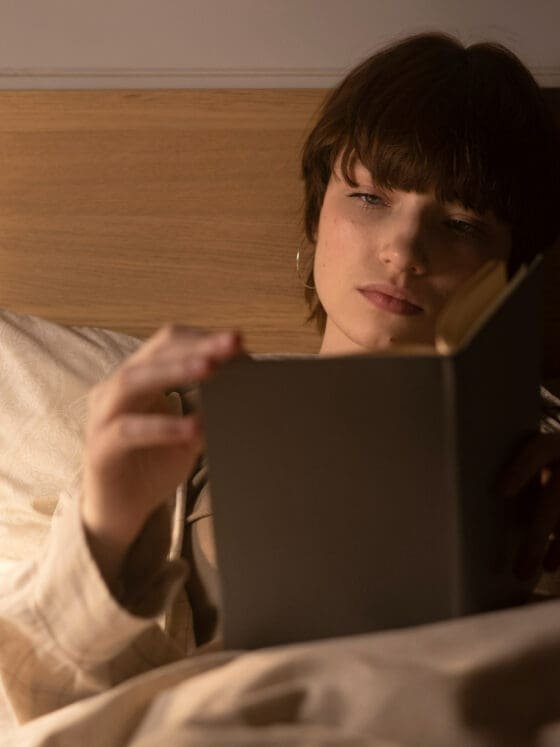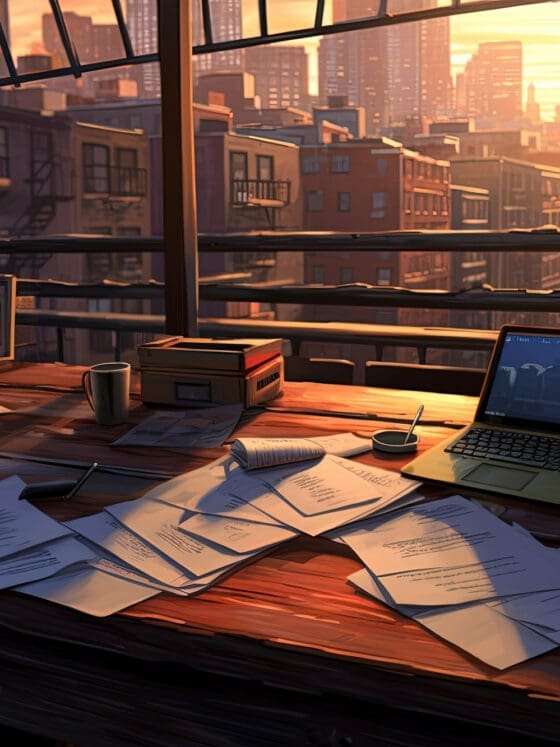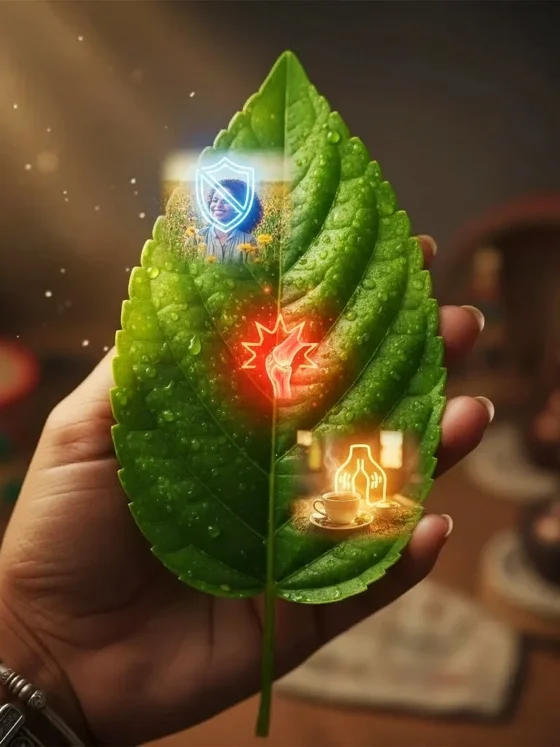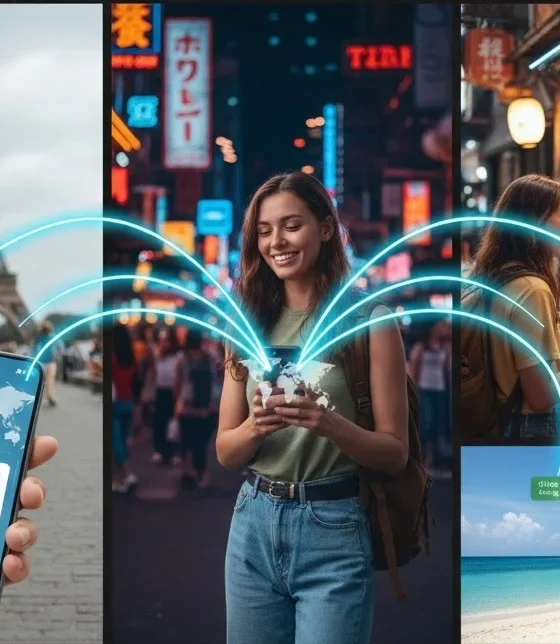Jet Lag Tips: Reset Your Clock Fast for Long-Haul Flights
Imagine stepping off a plane after a 12-hour flight from New York to Tokyo. Your body ...
Sharing Stories, One Post and Clip at a Time.
Sharing Stories, One Post and Clip at a Time.

Imagine stepping off a plane after a 12-hour flight from New York to Tokyo. Your body ...

My Diagnosis and the Search for Balance When I was first diagnosed with Bipolar II and depression ...

The Turning Point: Why I Needed a Night Routine For years, my nights were filled with restlessness—doomscrolling ...

Picture this: you’re two cafés deep into your workday, your playlist hits just right, and your ...

When I first planned my Mombasa travel, I imagined white-sand beaches, palm trees, and ocean breezes. ...

Where Tanzania Travel Meets a Slice of Europe There’s a corner of northern Tanzania that feels like ...

A Quiet Battle Behind the Canvas It’s late — a writer scrolls past midnight, clutching a mug ...

In the fragrant world of Ethiopian traditional medicine, few herbs are as beloved and trusted as ...

Picture this: you wake before sunrise, sip strong Balinese coffee on a simple wooden veranda, and ...

Disclaimer:This guide is intended for informational purposes only. We are not affiliated with, sponsored by, or ...
Subscribe to our weekly newsletter below and never miss the latest